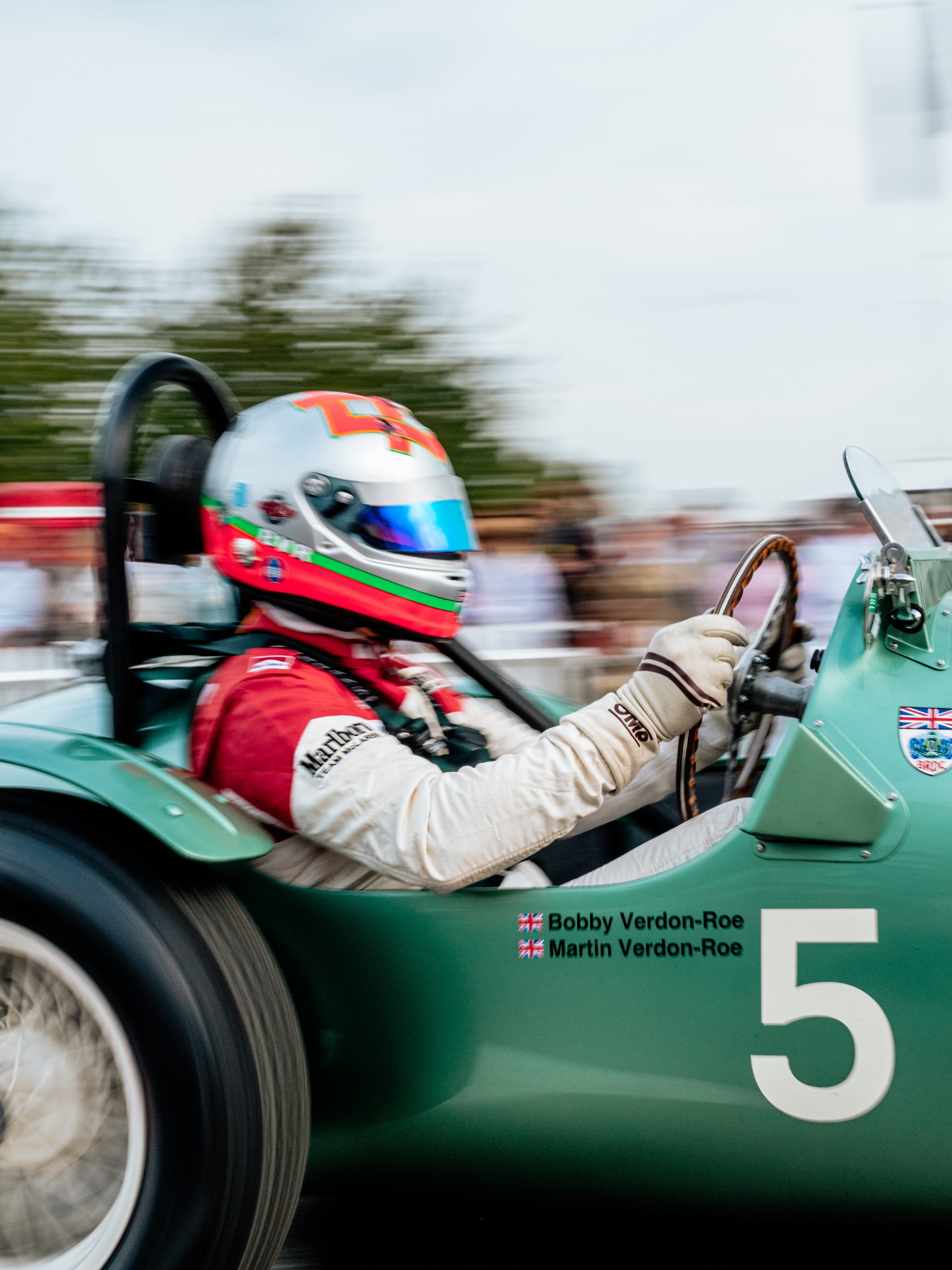Mystery Monday: Bernd Mayländer – “Driving the F1 safety car is a big responsibility, but I really enjoy it”
Despite the fact I’ve been doing this job for 17 years, I still love it – I never get bored of driving the cars. I don’t want to say the job is high-risk but when you have the pressure of 22 guys behind you, who are all challenging you to go faster – especially as they’re F1 drivers – it can be tricky. At the end of the day, they know you are doing your best but I can sometimes hear the comments they are making on the radio!

When it’s wet conditions, you really feel the pressure – especially when you look in your rearview mirror and see the full grid of F1 cars behind you. In the wet, you know the tyres aren’t working like they are in the F1 cars, so it’s very slippery. I have no chance to heat up the tyres either, so when I’m on the track with cold tyres, I’d sometimes prefer to be at home watching on the sofa!
To give some idea of the speeds involved, on average, an F1 car is around about 10 seconds per kilometre quicker than my Mercedes AMG GT S safety car and around 12 seconds quicker per kilometre than the Mercedes C63 medical car. I had a Mercedes SLS for four years and I’ve had the AMG GT S for two years now. Before, I remember we mostly used Mercedes CL55s when I started in 2000, which was a very different kind of car. By comparison, it was a nice, comfortable limousine with leather and air conditioning!
Now, we have a really sporty car, so we’ve been getting quicker and quicker. Nonetheless, as my boss Charlie Whiting says: “We are a safety car, so we have to be safe.” I can’t take the checkered flag and win the race, for example. My job is to be on the track and to slow the cars and the drivers down to help the marshals work as safely as possible on the track.
I get all my information on the radio from Charlie and I have two monitors in the car, where I can watch the race, see the lap times and use our GPS to pinpoint exactly where each of the cars is. I can also see if there has been an impact and even how big the g-force was in it.

I remember that Fernando Alonso’s impact in Australia was a staggering 46G. Although that’s a huge force, it’s all about how long the impact is at that peak for. In Alonso’s case, he was lucky because when he hit the wall the first time, it was a big impact but then he slowed down softly on the grass and gravel, with only a few high peaks after that initial impact.
The highest peak in g-force ever recorded in motorsport was Greg Moore at 180G. He was racing in the 1999 Marlboro 500 at the Auto Club Speedway in California. On lap nine of the race, Moore lost control of the car and spun into a wall in the infield at more than 200mph. It was a very sad moment in the sport that resonated throughout the racing community. We’ve been quite lucky in that we haven’t had many big accidents this year.
But accidents do happen – even with the safety and medical cars – remember the crash between the medical and car and Nick Heidfeld's Sauber in the 2002 Brazilian Grand Prix? Thankfully, that can’t happen anymore as the rules have changed, so we've learned a lot over the past 20 years and the authorities have responded accordingly. Sadly, sometimes incidents like that need to happen to improve the systems. With the nature of racing, everything you do is on the limit, meaning the chances of something happening are greatly increased.
I’m lucky enough to be able to drive on some of the best tracks in the world. Monaco and Spa are two of my favourites but Baku is a great track, too. I was very impressed when I first drove it and it’s the quickest straight for the safety car in the world. We can hit 286km on that straight, which is around 178mph – in a road car! On the other hand, the F1 cars are hitting around between 360kph and 370kph (229mph and 236mph), so it’s always a challenge for us!
Photography courtesy of LAT.
mystery monday
dtm




